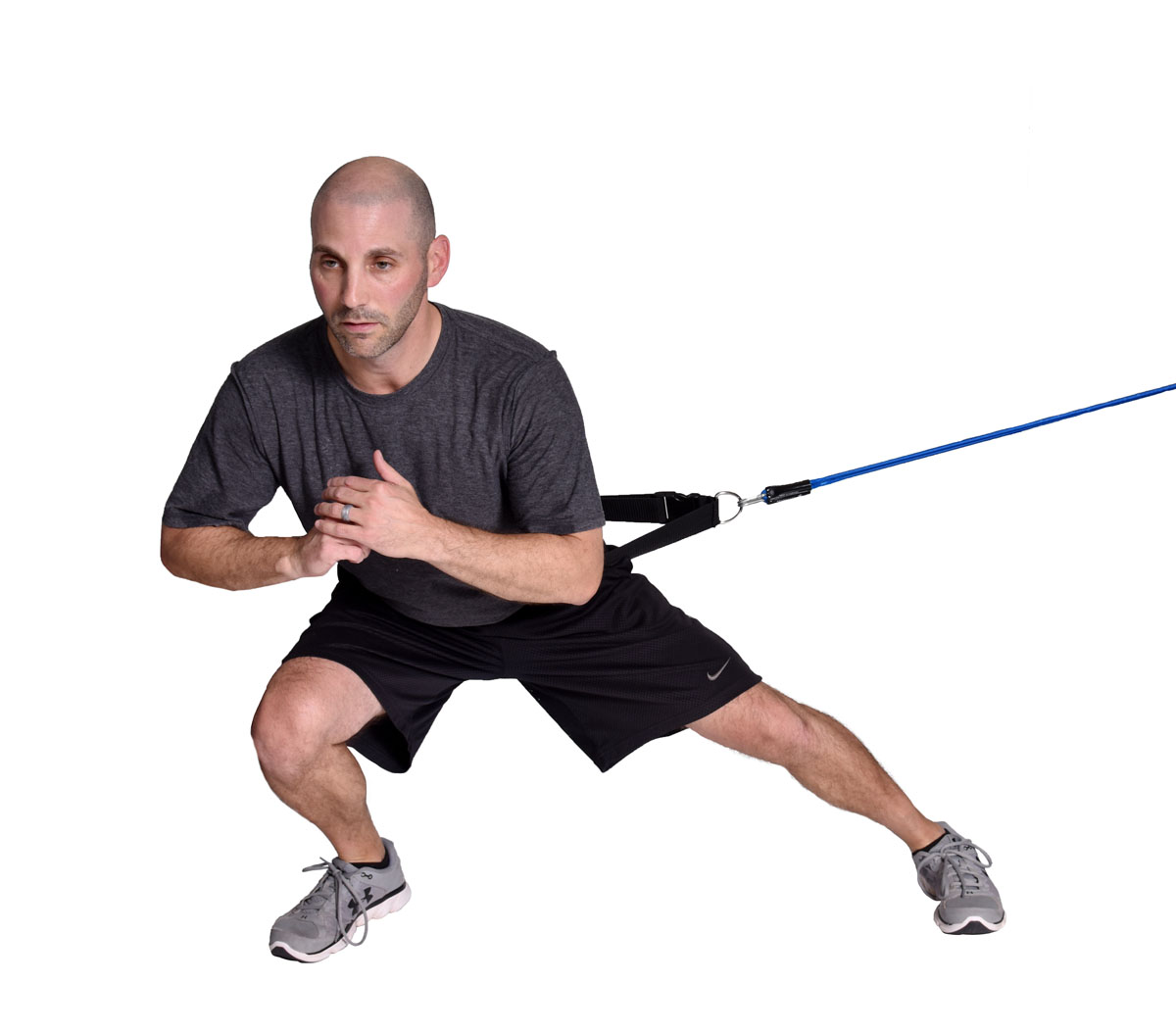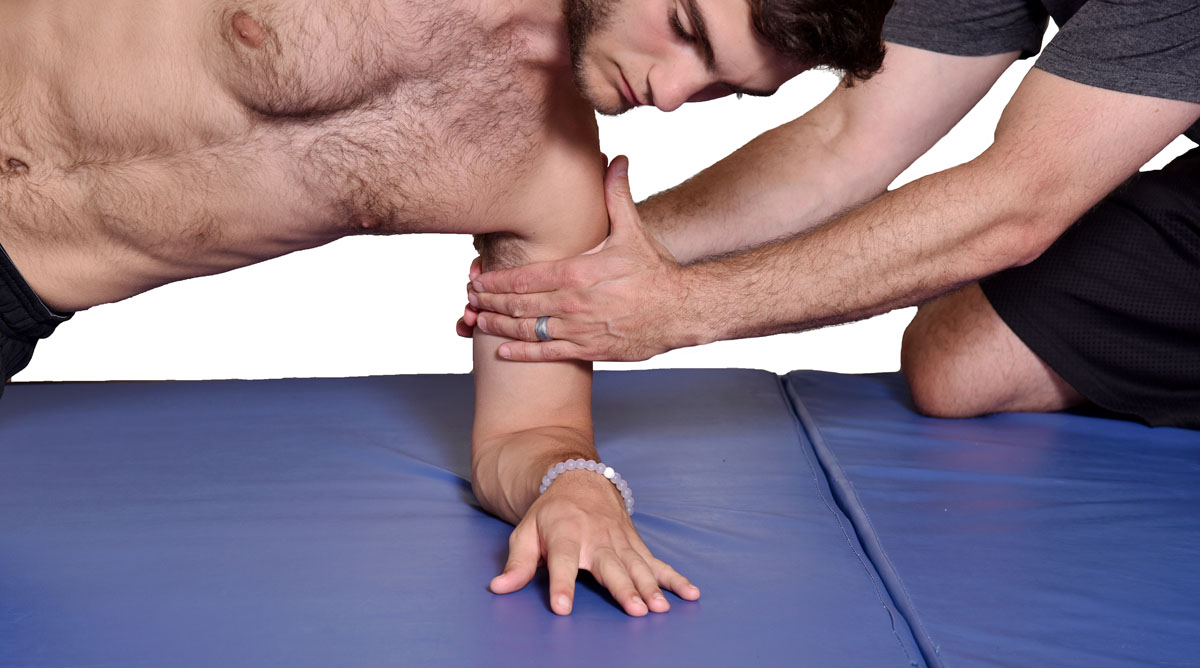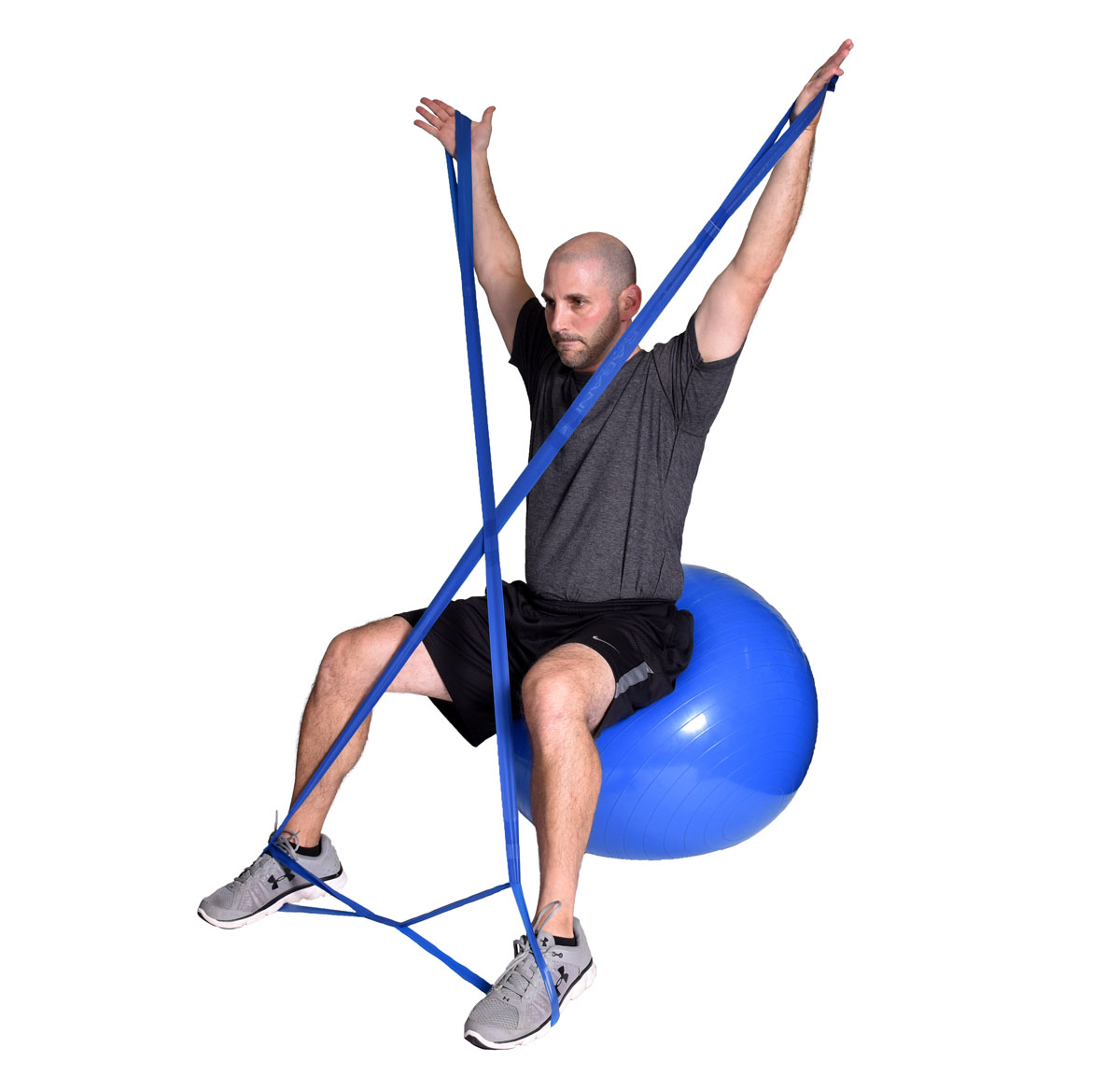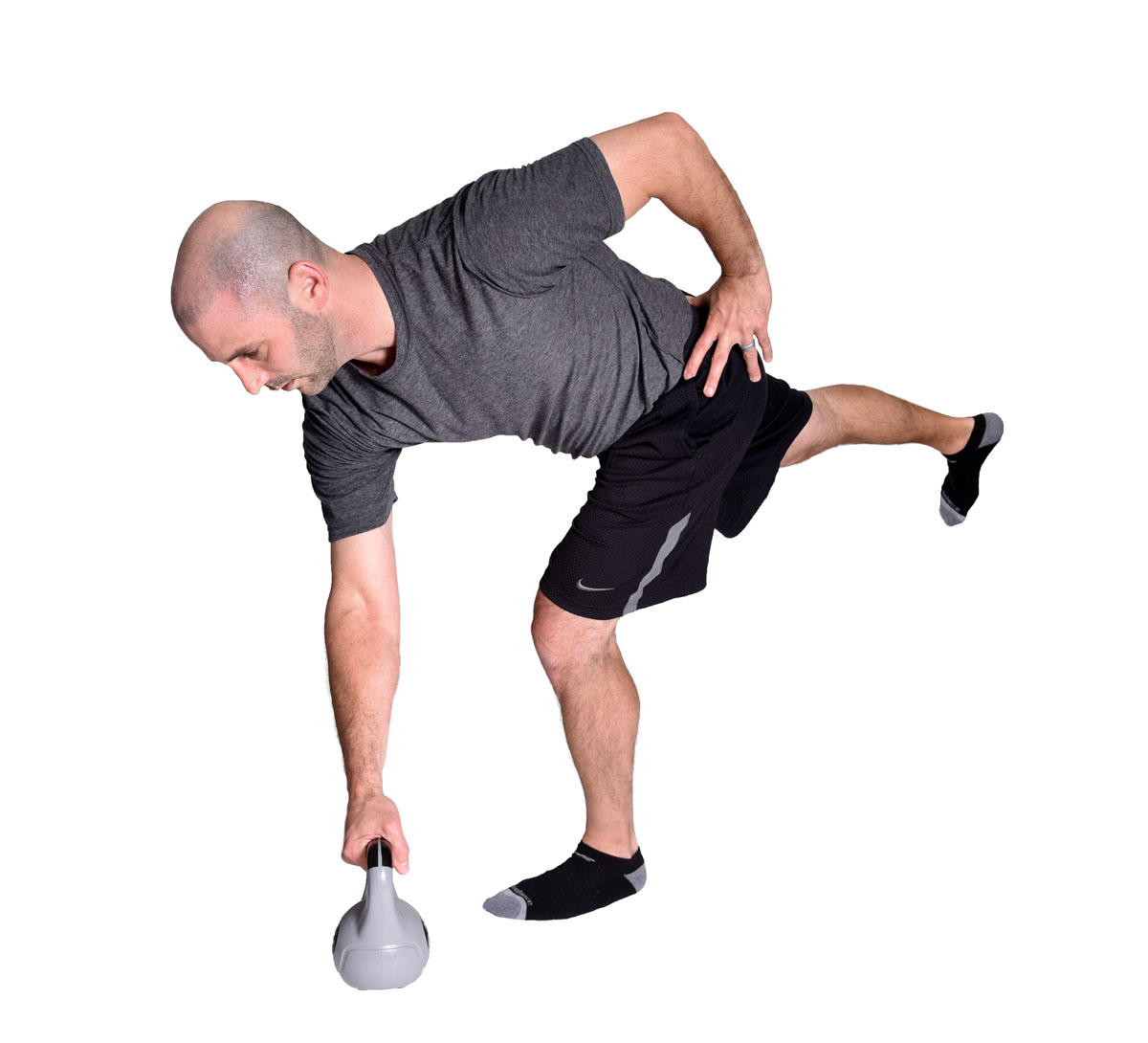Register Early and SAVE on In-Person Courses
Super Early-Bird: Register 60+ days before the course & save $100!
Early-Bird: Register 30-60 days before the course & save $50!
The main purpose of this course is to utilize concepts taught in CoreFirst® Strategies and PNF principles taught in several other IPA courses to enhance the stability and therefore the physical performance of our highest functioning patients.
In this class, the clinician will build on the concepts learned in CoreFirst® Strategies to further enhance their observational and manual facilitation skills to better evaluate and treat higher functioning patient populations. The trained clinician can develop an eye to observe specific details of movement for quality, timing, sequencing, stability, and control that is often missed in other less clinical and less hands-on approaches. The goal with all functional training is to maximize efficiency of movements to improve physical performance and to decrease compensations and aberrant movement patterns that can lead to injury.
Objectives
By the end of the course, participants will be able to:
- Explain how Automatic Core Engagement can be used to assess physical performance capabilities
- Discuss the Saliba Postural Classification System (SPCS) and how these variations can impact physical performance.
- Expand on concepts taught in CFS to bring these to more dynamic movements through Dynamic Functional Tests.
- Explain how the principles of body mechanics presented in CFS can be applied to various sports specific positions and activities.
- Demonstrate how Functional Tests can be used in multiple positions to highlight the importance of Automatic Core Engagement with higher level dynamic positions.
- Assess key developmental positions (supine and prone progressions) including an emphasis on trunk alignment and neuromuscular control in each position.
- Utilize PNF in developmental positions to enhance optimum function using principles of positioning, manual contacts, resistance, and irradiation to enhance facilitation for improved stability and physical performance.
- Identify key exercises commonly used in the performance and strength environment and discuss common dysfunctions based on the integration of the thoracic and pelvic girdle.







